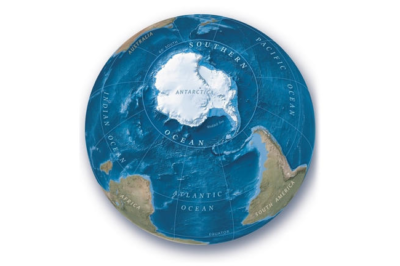
- Contrary to climate predictions, the Southern Ocean has been cooling over the past 40 years.
- Stanford researchers found that underestimated rainfall and melting ice sheets are key factors.
- This unexpected trend could impact global climate predictions and sea level rise estimates.
Why is the Southern Ocean Cooling?
For years, climate models have predicted that the Southern Ocean around Antarctica should be warming due to climate change. But new research has revealed the opposite—these waters have actually been cooling over the last four decades. Scientists at Stanford University have traced this anomaly to the increasing influx of freshwater from melting ice sheets and higher rainfall levels.
When freshwater from melting ice enters the ocean, it reduces the salinity and density of the upper layers. This creates a barrier that prevents deeper, warmer waters from rising to the surface, leading to an overall cooling effect. Researchers estimate that missing freshwater accounts for up to 60% of the discrepancy between observed and predicted sea surface temperatures.
What Does This Mean for Climate Change?
The Southern Ocean plays a crucial role in regulating Earth’s climate by absorbing carbon dioxide and excess heat. Changes in its temperature could impact global weather patterns, including El Niño and La Niña events, which influence weather as far away as California.
While recent warming events have slightly reduced the long-term cooling trend, scientists warn that continued differences between climate models and real-world data could lead to inaccurate climate projections. This study highlights the urgent need to refine climate models to better account for freshwater influences, ensuring more accurate predictions for future climate risks.









































Leave a Reply